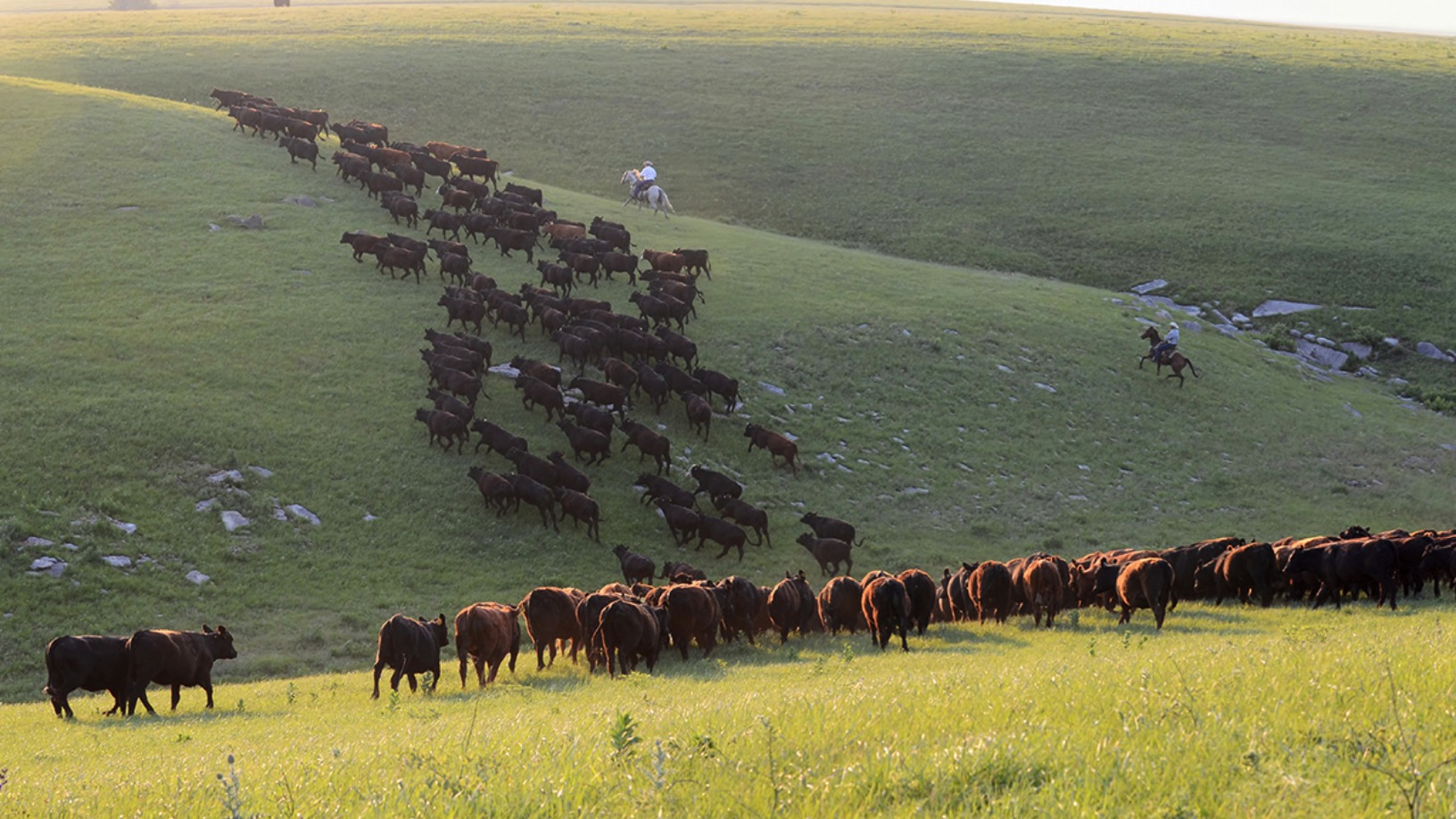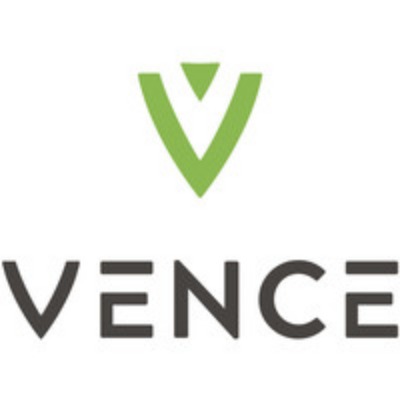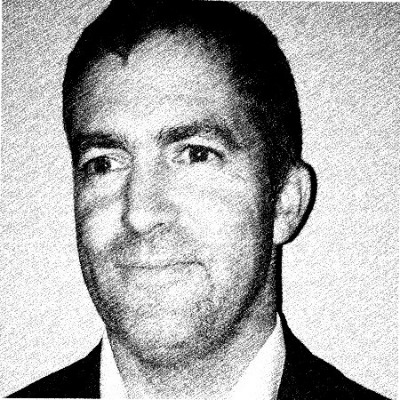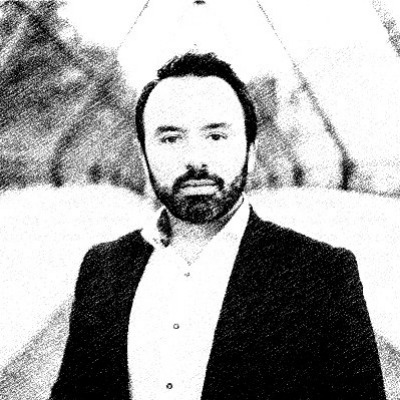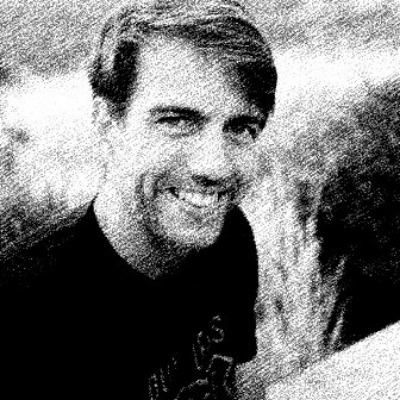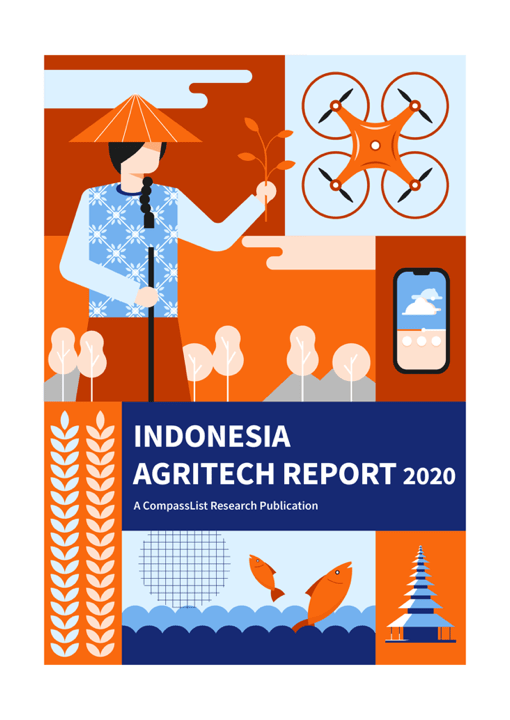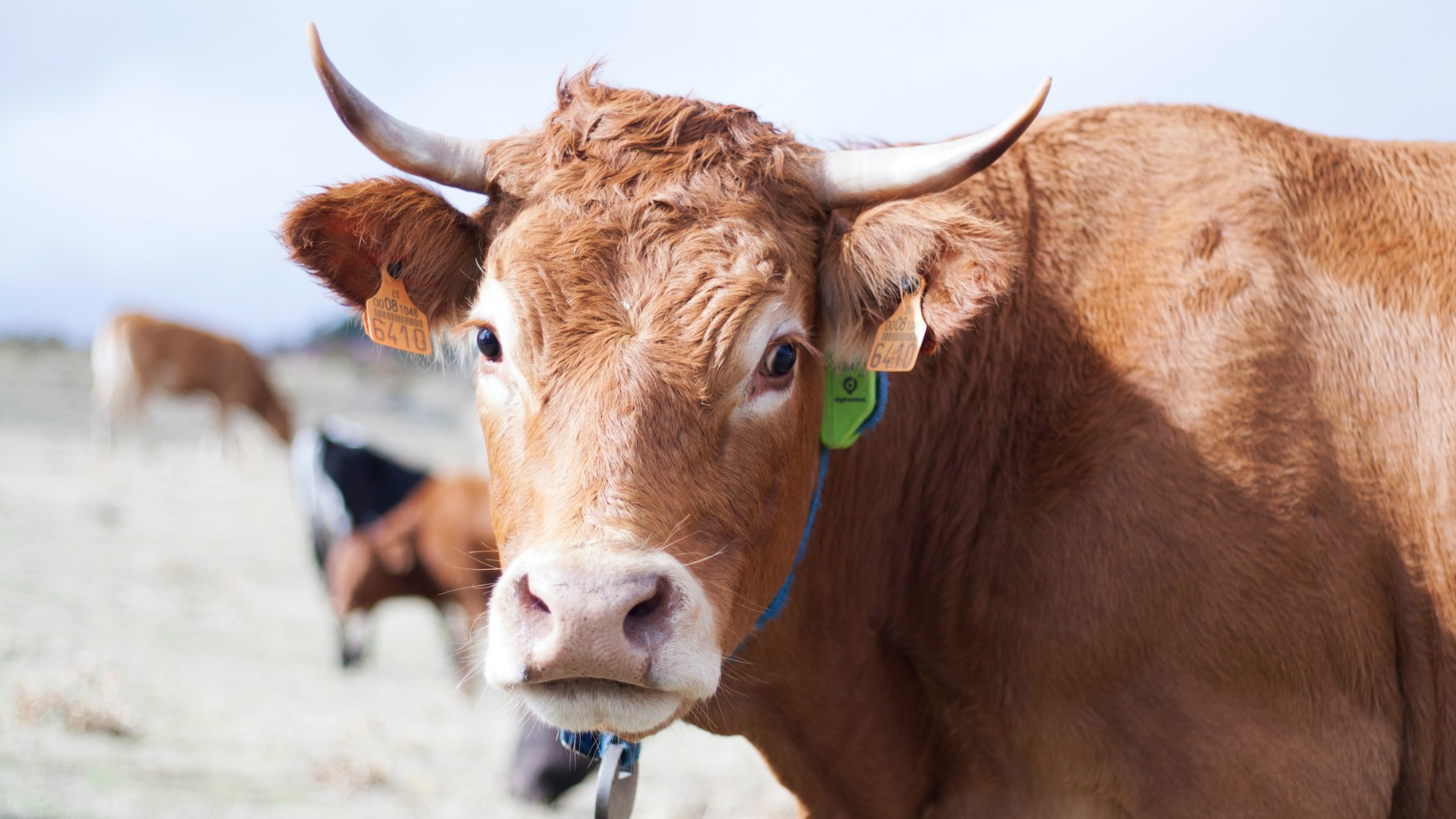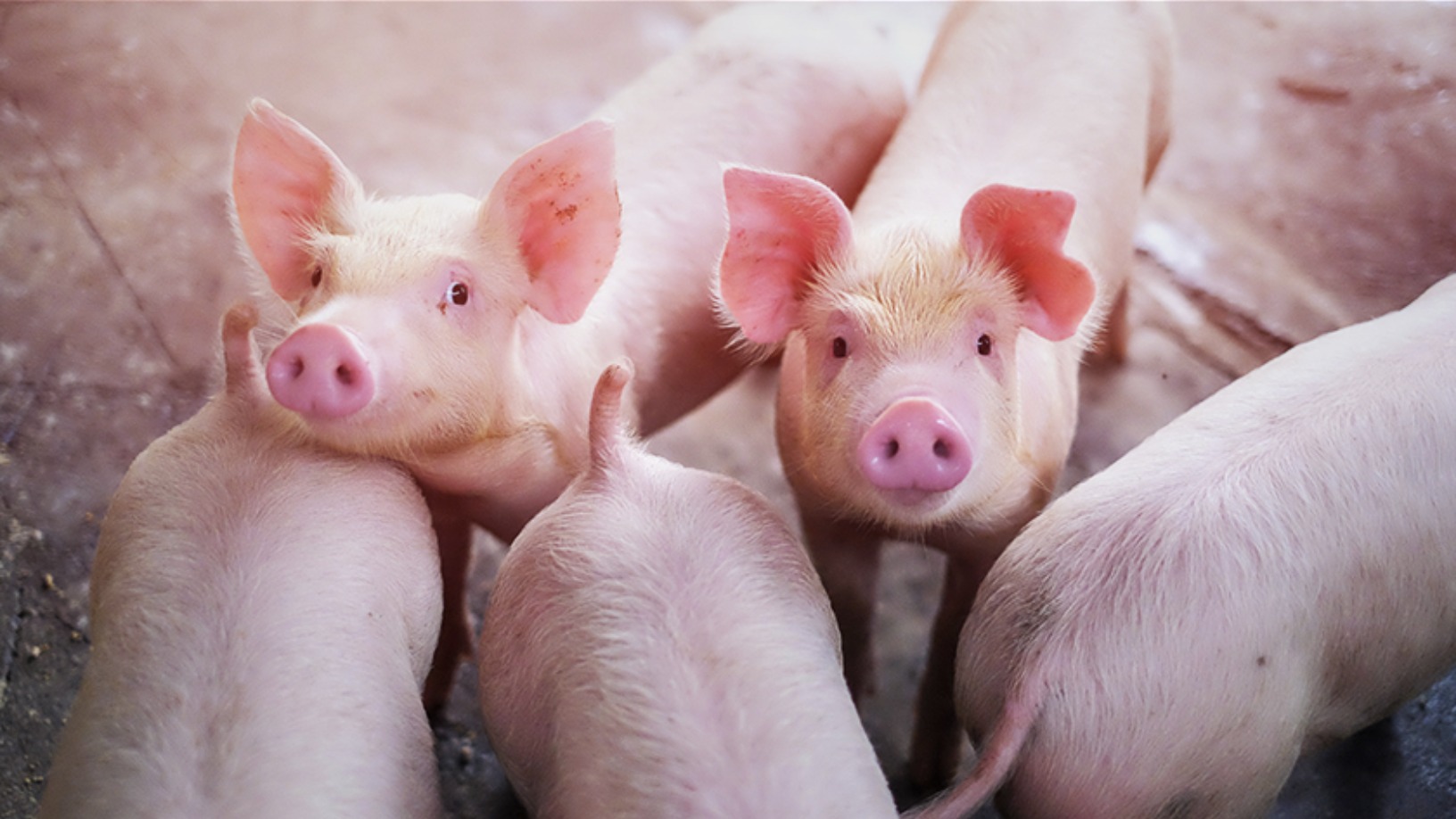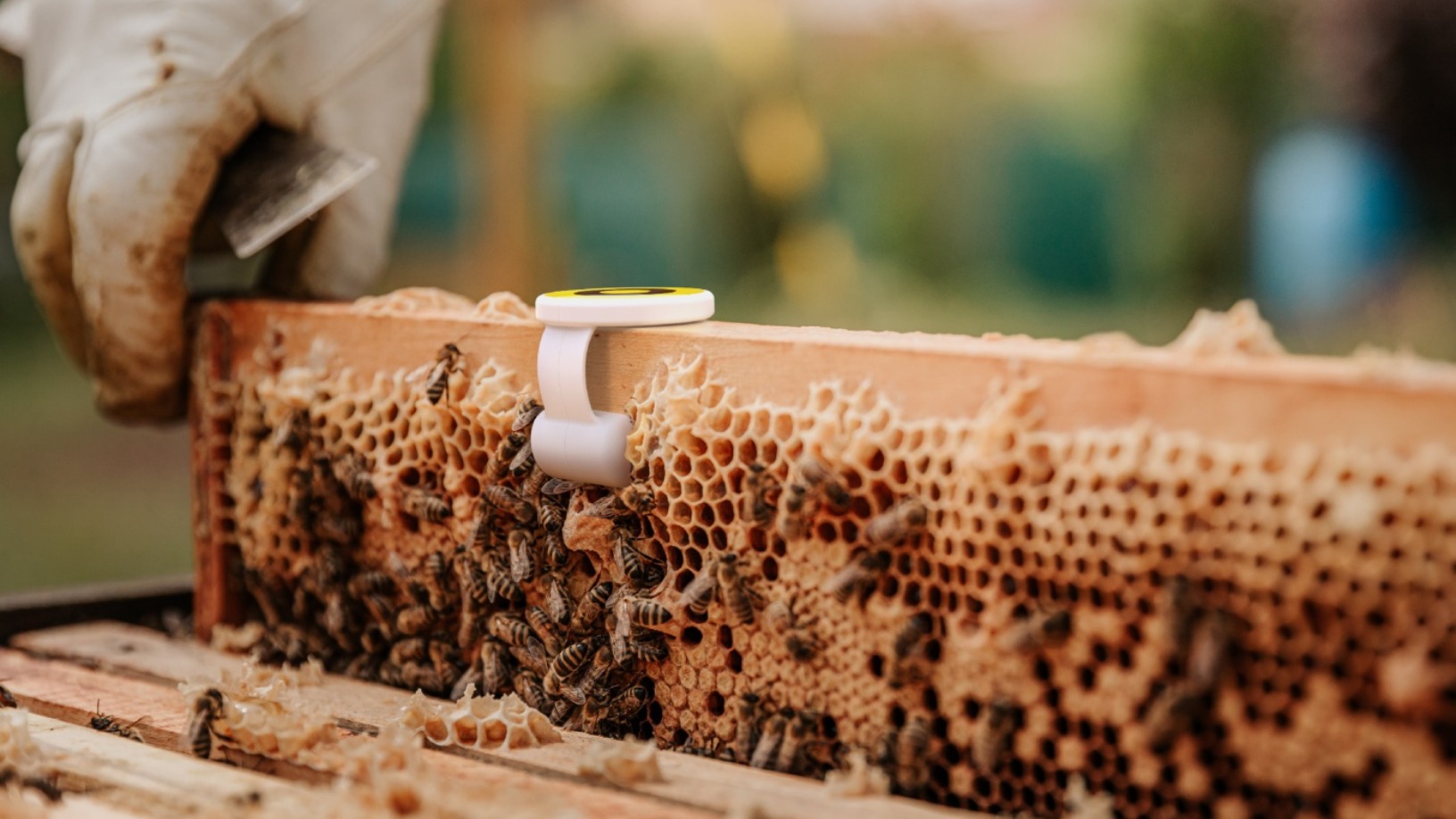For more sustainable livestock rearing, San Diego-based Vence has created “virtual fences” to make the sector more productive, cost-effective and sustainable than what’s possible with the manual labor and costly physical fencing currently in place.
Originally founded in New Zealand in 2016, Vence’s technology comprises a collar device worn by cattle, sheep or any livestock. Animals do not have to be physically fenced in as the hardware controls each animal's movements with GPS driven by AI algorithms.
According to Vence, its virtual fences help farmers easily move livestock around different grazing grounds, a practice known as rotational grazing, improving soil fertilization and carbon storage by dung containing consumed grass. Contrast this with intensive grazing, whereby the livestock disturbs the carbon in the soil of a single spot, which gets released into the atmosphere. Farmers will also have to fertilize the over-grazed land. Livestock welfare is also increasingly under scrutiny just as demand for meat continues to increase, by more than 1% annually, in line with a growing world population forecast to reach 10bn by 2050.
Vence completed a $12m Series A round in May led by new investor US VC Tyche Partners to commercialize the product in two of the world's biggest ranching nations, the US and Australia. Also participating were returning investors Rabobank's Food & Agri Innovation Fund, Grantham Environmental Trust’s Neglected Climate Opportunities Fund and Eniac Ventures. The round also saw another new investor, Trailhead Capital.
With recommendations, too
One of Vence’s three co-founders, Jasper Holdsworth, from a multi-generational ranching family, began looking for alternative solutions to monitor and control livestock more economically than spending $5,000 a year on fencing. The co-founders discovered that 40 years earlier, researcher Dean Anderson had invented a technology in which animals responded to a sound device attached to them.
Anderson’s research had continued at the Massachusetts Institute of Technology (MIT), where Holdsworth had studied in 2010, under the head of computer science and AI, Daniela Rus, who had used GPS to construct a virtual fence for possible application in livestock rearing. Vence began repurposing the technology to employ Pavlovian-style conditioning to shift animals’ grazing grounds without them escaping. Both Anderson and Rus have since become advisers to the startup.
Vence’s livestock collars contain a GPS unit and a magnetometer to detect the direction of livestock movement, which ranchers control remotely using the hardware's AI-leveraged GPS and its sensory and auditory capabilities. A warning vibration is followed by uncomfortable sounds from the collar when an animal approaches a virtual fence at the boundary of an off-limits area. If it ignores the warning sound, the collar emits a low-voltage electric shock. The animals soon learn to move when they hear the sounds from the collar.
With Vence’s technology, farmers can set static or dynamic boundaries to alter grazing areas at any time or rely on the data insights of Vence's dashboard to implement optimal grazing areas automatically.
Farmers can set static or dynamic boundaries to alter grazing areas at any time
The startup’s environmental claims are backed by the NGO Project Drawdown, an initiative to lower greenhouse gas emissions. According to the NGO, managed grazing techniques can “improve soil health, carbon sequestration, water retention, and forage productivity.” It projects that managed grazing could sequester 16–26 gigatons of carbon dioxide by 2050.
In 2020, Vence participated in a TEDx session of the accelerator Elemental Excelerator for climate-tech innovations having a real-world impact and received undisclosed funding from the media organization.
Health and security
According to Vence, rotational grazing using its technology saves 30% in overall farm costs by maximizing the productivity of grazing land and saves 25% on labor costs by controlling livestock and even remotely bringing them in for milking, eliminating the need for vehicles and dogs.
The technology is also suitable for remote farming, still practiced by many animal ranchers worldwide, where animals may roam over vast distances and be very hard to locate.
Before developing its tech, Vence’s co-founding team, comprising chemist and entrepreneur Holdsworth, CEO and American entrepreneur and finance expert Frank Wooten and US entrepreneur Sky Kurtz, had embarked on a year-long global fact-finding mission among ranchers. "Every person that I spoke with, regardless of country, age, farm size or type of animal that they were managing, hated fencing. It was a really well-defined pain point," Wooten told media.
The startup, which moved from New Zealand to San Diego end of 2018, raised initial seed investment that year from Eniac Ventures and Rabobank's Food & Agri Innovation Fund and began gaining thousands of pre-orders. It also produced a tech prototype under CTO Patrick Singler. He reduced research-stage per unit costs from $300,000 to the current price of $15–$25 per collar, depending on the size of the herd and added animal health monitoring indicators.
The health data that the collars provide include body temperature and heart rate, which enable earlier intervention to, for example, predict fertility or detect health issues. The sensors can also alert ranchers to possible attack or theft of livestock if movement is detected at night time.
CORRECTION: An earlier version of this story misstated the new investors in the Series A funding round of Vence.
